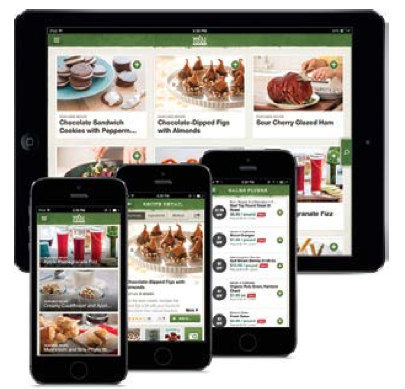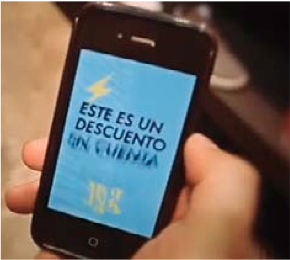How to Serve Up Value With Mobile Content Marketing
- Fahad H

- May 28, 2014
- 3 min read
This article was co-authored by Julia Errens, a writer and researcher at Brand Perfect.

Mobile content marketing efforts can be a bit like dancing a cha-cha on the lip of a volcano. The problem is mobile’s greatest asset is also its vulnerability. Most mobile devices are personal, so they offer marketers a breathtakingly rich source of data from geotracking and social media accounts. Manage it gracefully, and you can tap your customers’ most ardent interests — even before they are consciously aware of them. Overstep, and expect instant payback.
Some of our favorite mobile plays in the B2C space over the last few years manage to toe the line carefully, offering value in exchange for access and carefully keeping clear of overly promotional or self-serving content.

Whole Foods
Whole Foods makes its digital marketing approach work without consistent online retail, as not every physical Whole Foods location offers an online shop. Whole Foods enhances its in-store experience with the help of mobile commerce provider Digby. Through the Whole Foods app, shoppers can scan barcodes and access rich information about the product (such as provenance and reviews), activate QR codes, and virtually check in at stores. Whole Foods uses the information to build a behavior profile, then serves up relevant deals in real time while shoppers are in the store.

“This is a countdown discount”
Meat Pack
Guatemalan shoe store chain Meat Pack uses a similar approach for its mobile content marketing efforts, but takes it to a brilliant extreme. Saatchi & Saatchi Guatemala developed an enhancement to the Meat Pack app called Hijack. Using GPS data, Hijack sends a push notification when it detects that a customer is browsing a Meat Pack competitor’s store. The message offers a 99 percent discount for the same shoes in the local Meat Pack branch — but the moment the customer looks at the message the discount starts counting down 1 percent at a time. The faster the customer can make it to the store the greater the discount.
Delta Air Lines
Delta Air Lines found a way to leverage its customers’ cravings for information about an area that’s usually off-limits — the baggage journey — by offering a baggage tracker as part of its Fly Delta app. To promote the baggage tracker feature, Wieden+Kennedy created a simple film that peeked behind the plastic flaps on the conveyor belt by rigging a suitcase with six cameras and sending it from Atlanta to New York. The journey was hosted on YouTube and viewed more than 1.5 million times. More importantly, it spurred a 60 percent increase in downloads the month after launch and a 50 percent increase the following month (the app is now used an average of 8,000 times daily).
Heineken
Some of the best mobile content marketing plays provide something to do or know in situations where customers previously felt passive. In 2011, Heineken launched a fantastic, soccer-themed app to that end. Research showed most fans watched Union of European Football Associations games at home alone, often watching games that did not feature their own favorite team. Heineken’s Star Player app lets users quickly set up a gaming account, and as soon as the whistle blows, the action on the viewer’s second screen syncs to the game. Throughout the game, the player is given eight tries to accurately predict whether either team will score within the next 30 seconds. A correct guess wins big points, with the first to take the plunge scoring more highly than those who call it closer to the goal time. Free kicks or corners result in a quick decision-making prompt, with each outcome — goal, miss, save, clear — offering a score in proportion to the likelihood of that outcome.
Budweiser
Fantastic mobile content experiences can also play off existing apps on the market. For example, to promote its Made in America festival, Budweiser collaborated with Bonfyre (a photo-sharing and group-texting app) to share relevant, branded images with the Bonfyre group set up for the event. According to Budweiser, the strategy resulted in re-shares to almost 100,000 friends and followers outside the actual event.
What’s your favorite example of mobile content marketing that goes above and beyond to provide value for customers? Share them in the comments below.
This article originally appeared in the April 2014 issue of “Chief Content Officer.” Sign up to receive your free subscription to our bi-monthly magazine.
Cover image via Bigstock








Comments